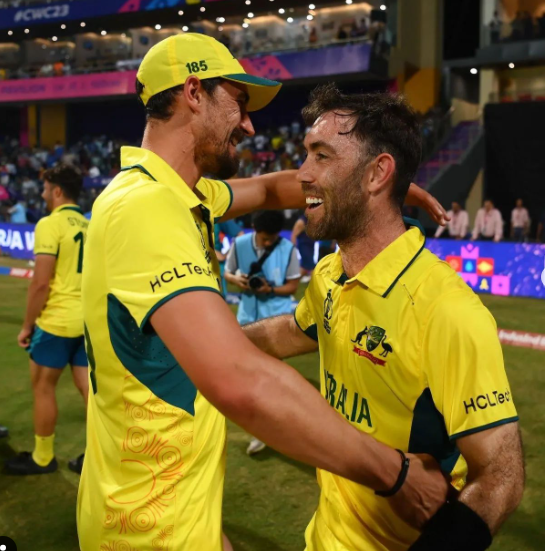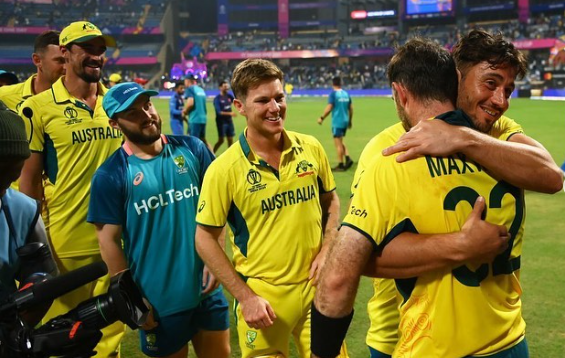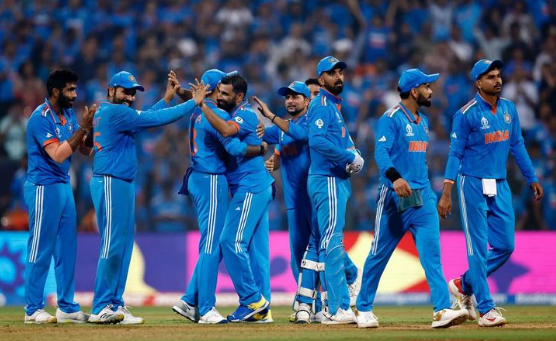Analyzing the crucial toss decision in the Cricket World Cup 2023 Final between India and Australia, focusing on tactics and weather impacts
The age-old cricket strategy suggests batting first to exert scoreboard pressure. Historically, this tactic seemed effective, with the first five ODI World Cups favoring teams that set a target. However, a shift has occurred in recent tournaments. Remarkably, the teams that chased have triumphed in the last three 50-over World Cups and the previous four T20 World Cup championships. This trend raises a pivotal question for the upcoming 2023 World Cup final: Should teams opt to bat first or chase?
The Toss Strategy for India in the Final Against Australia
With the final clash against Australia looming, India faces a strategic decision should they win the toss. Australia’s captain, Pat Cummins, shared his contemplations about this decision. Cummins highlighted the need to balance the advantages of batting during the day against the potential benefits of the dew factor in the latter part of the game. This dew could make the ball skid on, altering the game dynamics significantly in the final stages.

The Role of Toss at Ahmedabad in the Current World Cup
The Narendra Modi Stadium in Ahmedabad, the venue for the World Cup final, has witnessed the role of the toss in its four World Cup games this year. Notably, three of these games were won by the team chasing. This includes India’s impressive victory over Pakistan, where they effortlessly chased down the target in just over 30 overs, aided by the dew that made batting easier. However, Australia managed to buck this trend in their match against England, winning while batting first, a rare occurrence at this venue.
Adam Zampa, the Australian player, noted the significant role of dew in their game, which made the ball wet and altered playing conditions. Despite these challenges, Australia successfully defended their total.

Changing Weather and Its Impact on the Final
As the final approaches, the weather conditions in India have evolved, bringing cooler temperatures. This change could significantly influence the game’s outcome. India’s captain, Rohit Sharma, acknowledged the drop in temperature and the potential variability in dew conditions. He cited recent experiences where dew was expected but did not materialize, leading him to downplay the role of the toss in the final match.

Conclusion
As teams prepare for the grand finale, the decision at the toss remains a strategic conundrum. The choice between batting first and chasing, influenced by pitch conditions, weather, and recent trends, will be crucial. Both India and Australia, armed with their insights and experiences, stand at the precipice of making a decision that could significantly impact their World Cup destiny.